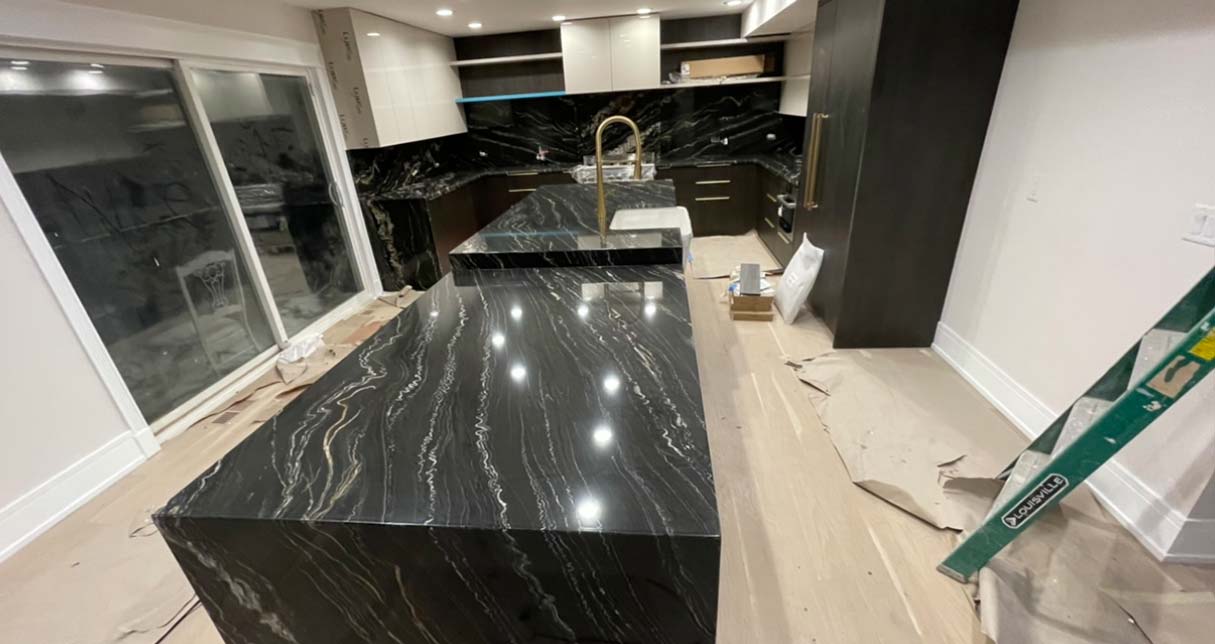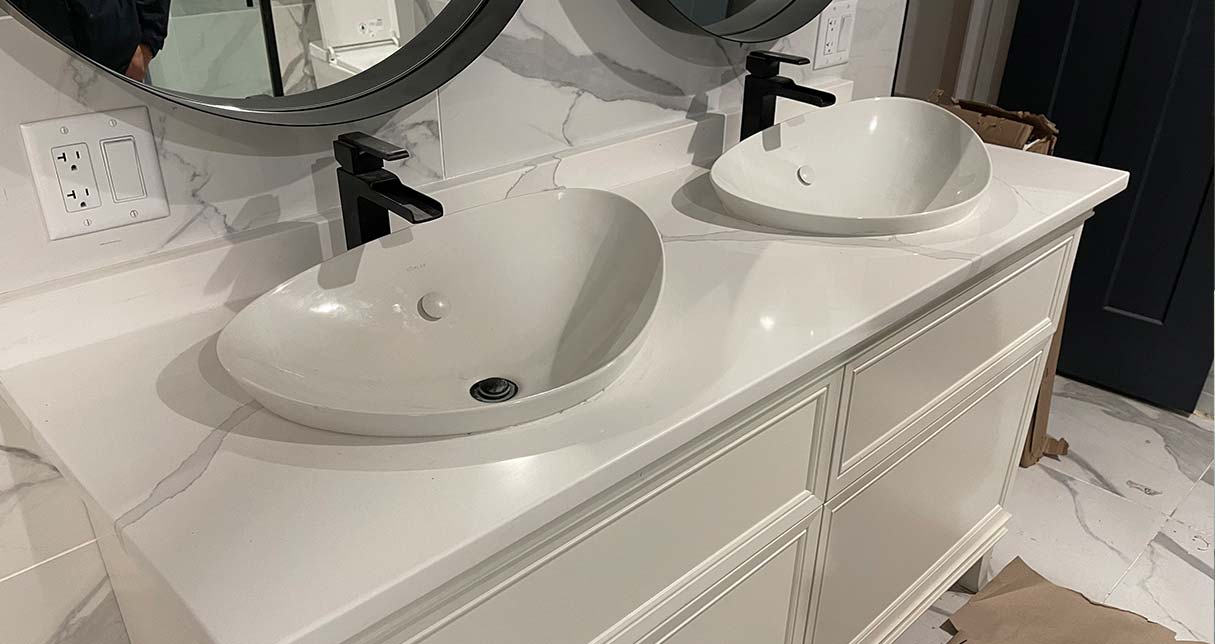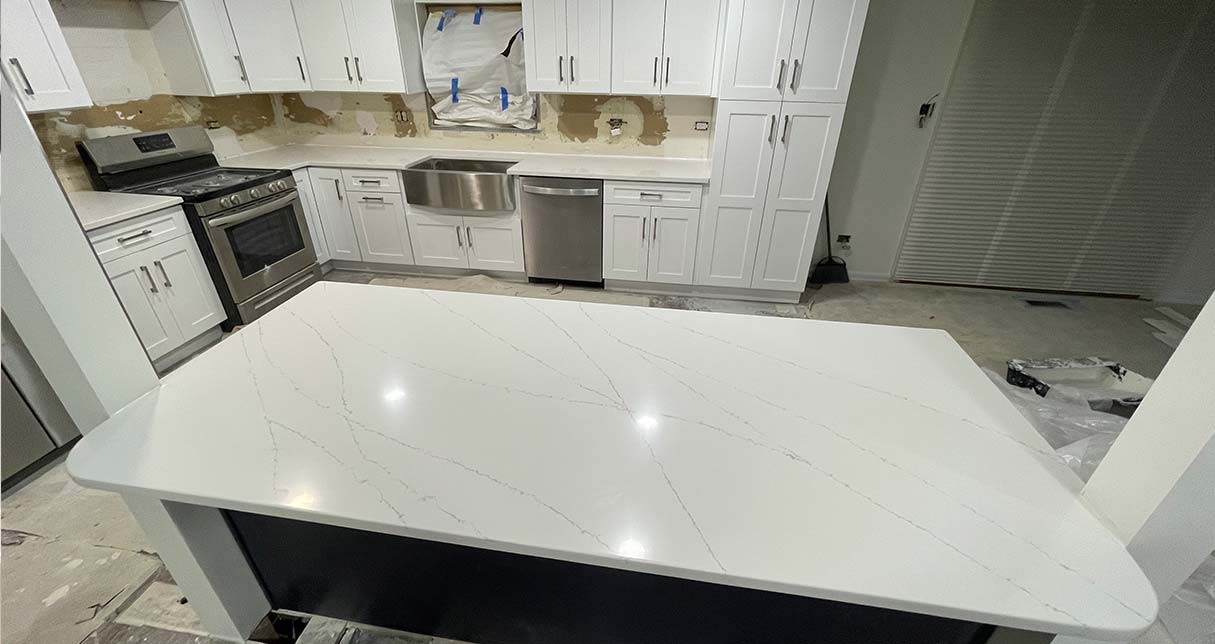
There are several materials, hues, and patterns available for stone countertops. With so many lovely styles readily available. You might require assistance selecting the ideal countertops for your residence or place of company.
You can limit your choices for countertops by learning more about veining in stone slabs. Veins give the stone depth and dimension, giving it a distinctive style that elevates your space’s opulence.
What Are Countertop Veins Mean?
Long, meandering lines that run through the rock are called natural stone veins. These lines originate from layers of minerals that have cemented inside the stone, in terms of geology. A stream of water that eventually evaporates and leaves mineral traces deposits the minerals.
Depending on the components of the minerals, such as mud, clay, metals, iron, and other compounds, vein colors can range from grey to black, green, red, and purple.
Stone veining is a result of the way the stone was carved. When a vein-cut stone is cut against the grain, the length of the slab is covered with long lines. Veins that swirl and dance across the surface are found in cross-cut stones by following the grain.
Natural vs. Man-made Stone Veining
Stone with natural veins
Natural stones like granite, marble, and quartzite have distinctive spontaneous veining patterns that give each slab its own identity. For your countertops, go with natural stone to get one-of-a-kind pieces with distinct personalities.
Artificial Veins in Stone
Quartz is one example of a manufactured stone with rather constant veining built into the slab. If you choose countertops in a manufactured style, your room will have a more consistent design.








































